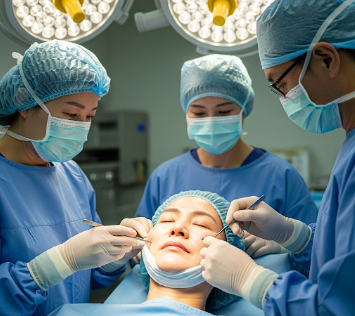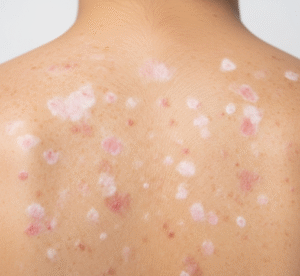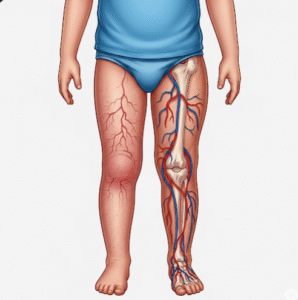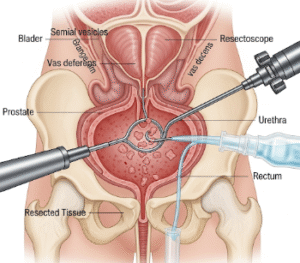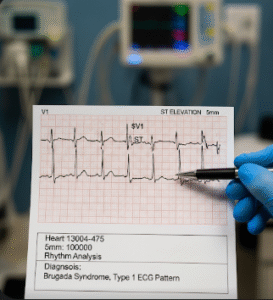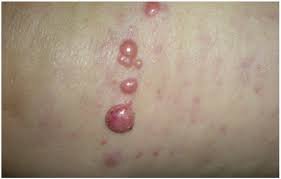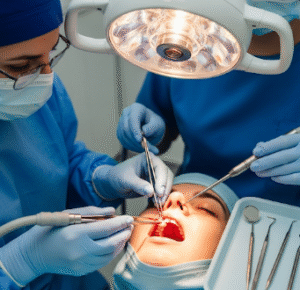Overview
A Cheek Lift, also known as mid-face lift, is a cosmetic surgical procedure aimed at lifting and rejuvenating the cheeks and mid-face region. Over time, age, gravity, and loss of facial fat can cause sagging cheeks, deep nasolabial folds, and a tired appearance. A cheek lift restores youthful contours, enhances facial harmony, and improves overall appearance.
In South Korea, cheek lift procedures are performed in leading plastic surgery centers with highly skilled surgeons, modern surgical techniques, and precise aesthetic planning. Patients from around the world come to Korea for natural-looking, long-lasting facial rejuvenation.
What is a Cheek Lift?
A cheek lift is a surgical procedure that elevates sagging mid-face tissues, addressing cheek flattening, deep folds, and loss of volume.
Key points:
- Targets cheeks, nasolabial folds, and mid-face sagging.
- Can be performed alone or combined with other facial procedures such as facelift, eyelid surgery, or brow lift.
- Typically performed under local anesthesia with sedation or general anesthesia.
- Techniques include incisions hidden inside the mouth, along the lower eyelid, or at hairline/temples.
Indications:
- Sagging cheeks due to aging
- Deep nasolabial folds
- Loss of mid-face volume
- Desire for a youthful, refreshed appearance
What are the Benefits?
Cheek lift surgery provides aesthetic and psychological advantages:
✔ Elevates and restores youthful cheek contours.
✔ Reduces appearance of deep facial folds.
✔ Enhances facial harmony and symmetry.
✔ Can be combined with other procedures for full facial rejuvenation.
✔ Boosts confidence and self-esteem.
Procedure Details
1) How should I prepare for a Cheek Lift?
- Medical evaluation: Full health assessment, allergies, medications, and prior facial surgeries.
- Preoperative counseling: Discuss surgical approach, expected outcomes, recovery plan, and risks.
- Medication adjustments: Stop blood thinners or anti-inflammatory drugs as advised.
- Lifestyle changes: Avoid smoking and alcohol to promote better healing.
- Imaging/planning: Some surgeons use 3D imaging to plan lifting vectors and incision placement.
South Korean clinics provide personalized preoperative guidance to ensure safety, precision, and optimal results.
2) What happens during a Cheek Lift?
- Surgery is performed under sedation or general anesthesia.
- Incisions are typically placed inside the mouth (intraoral), under the lower eyelid, or near the temples, minimizing visible scarring.
- Underlying tissue and muscles are lifted to reposition sagging cheeks and reduce folds.
- Excess skin may be removed if needed, and tissues are secured for long-lasting results.
- Procedure duration is generally 1–3 hours depending on complexity.
Korean surgeons focus on precision, symmetry, and natural-looking results, often combining the procedure with fat grafting or other facial enhancements.
3) What happens after a Cheek Lift?
- Immediate post-op: Swelling, bruising, and mild discomfort are expected; pain is manageable with medications.
- Recovery: Ice packs, head elevation, and rest help reduce swelling.
- Activity restrictions: Avoid heavy lifting, strenuous activity, and facial trauma for 1–2 weeks.
- Follow-up: Regular check-ups ensure proper healing, incision care, and optimal cosmetic outcomes.
- Results: Swelling gradually subsides over 2–4 weeks, revealing lifted, youthful cheeks.
Risks / Benefits
Potential Risks:
- ➤ Swelling, bruising, or temporary numbness
- ➤ Infection at incision site
- ➤ Scarring (usually minimal with proper technique)
- ➤ Asymmetry or unsatisfactory cosmetic outcome
- ➤ Rare complications from anesthesia
Major Benefits:
- ✔ Restores youthful mid-face contour
- ✔ Reduces appearance of nasolabial folds
- ✔ Long-lasting, natural-looking results
- ✔ Boosts confidence and facial harmony
- ✔ Minimally visible scars with modern surgical approaches
Recovery and Outlook
- First week: Swelling and bruising peak, then gradually reduce. Pain is mild and controlled with medication.
- 2–4 weeks: Patients typically resume normal daily activities; subtle improvement in mid-face contour is visible.
- Long-term: Final results appear within 3–6 months, offering a rejuvenated, youthful appearance.
- Follow-up care: Korean hospitals provide structured post-op monitoring, scar management, and optional adjunctive treatments to maintain results.
When To Call the Doctor
Contact your surgeon if you notice:
- ➤ Excessive swelling, persistent pain, or redness
- ➤ Signs of infection such as pus or fever
- ➤ Noticeable asymmetry or implant displacement (if used)
- ➤ Numbness or tingling that worsens
- ➤ Allergic reaction to anesthesia or medications
Best Korea Option / Process
South Korea is renowned for world-class cheek lift procedures due to:
- Expert facial plastic surgeons specialized in mid-face aesthetics
- Advanced surgical techniques with minimal scarring
- Comprehensive pre- and post-operative care
- Integration with other facial rejuvenation procedures for holistic results
- International patient support, including translators, accommodation, and hospital coordination
- High success rates and natural-looking, durable results
Top hospitals and clinics for cheek lift in Korea:
- Banobagi Plastic Surgery Clinic
- JK Plastic Surgery Center
- Samsung Medical Center (Cosmetic Surgery Division)
- Asan Medical Center, Seoul

